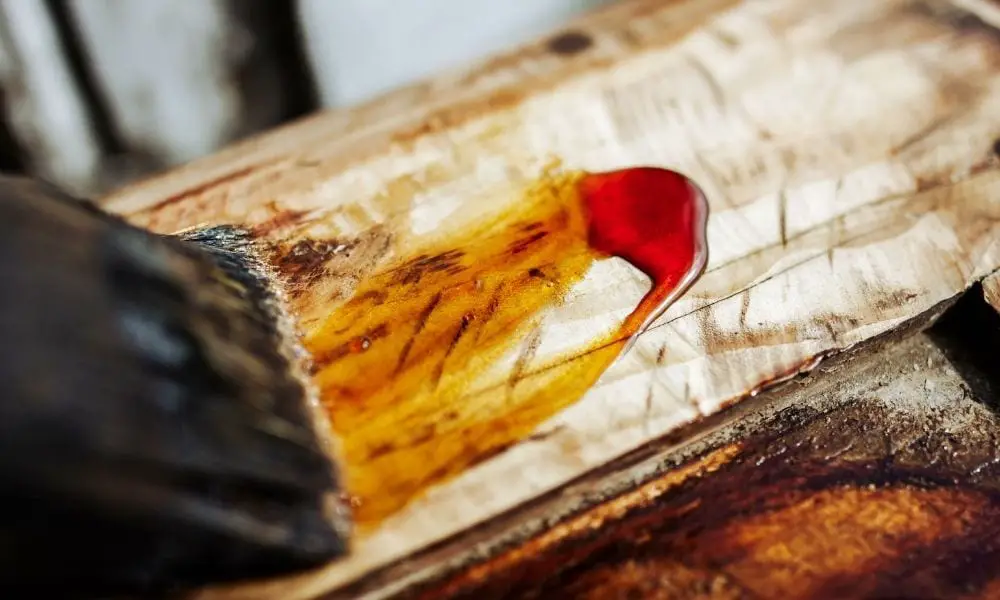

Amino resins have always been in high demand thanks to their unique physical properties. Many objects and items you use in your everyday life contain amino resins in the form of adhesives or thermosets. Let’s take a look at some of the different applications of amino resin so that you better understand how various industries used it and why it’s so widespread.
One of the most common and important uses of amino resins is in the creation of plywood boards. This may not seem impressive at first, but plywood has greater durability and a longer lifespan than traditional wooden boards. These traits are possible because it’s made of thin layers of “plies” that manufacturers glue together to form a composite. The adhesive between the layers is where the amino resin comes into play. Thanks to the thermoset properties of amino resins, the manufacturers can apply it to thin spaces and then heat it to solidify the adhesive. Similarly, companies include amino resins in wood glues that people can use in furniture construction.
Amino resins are incredible insulators, thanks once again to their thermoset properties. As an insulation material, a person can apply an amino resin to tight and oddly shaped spaces to ensure they thoroughly insulate their home. They can then heat it to solidify the resin in a matter of minutes. If a fire ever occurs, amino resin insulation is safe. People consider it to be “self-extinguishing” because it will release nitrogen that helps to smother and contain flames when fires break out.
Speaking of nitrogen, one of the different applications of amino resin lies within the agricultural industry, although not many people realize it. When it’s in fertilizers and farmers apply it to crops, the nitrogen within amino resin serves two purposes. First, nitrogen is an essential nutrient for plants. So, as the fertilizer in the soil slowly releases nitrogen, the crops will grow healthier and more bountiful than ever. The nitrogen specifically aids a plant’s chlorophyll, which is responsible for turning sunlight into nourishing energy for the plant to use. Second, amino resins can serve as pesticides to protect crops from parasites and other invaders.
American families are once again juggling the seasonal custom—and financial burden—of back-to-school shopping as the…
Want to bond over unexpected activities? Look at these unconventional ways to connect with your…
Burnout isn’t just something that happens to CEOs. For moms homeschooling littles, it’s a very…
When it comes to long-distance motorcycling, comfort, reliability, and smart engineering can make or break…
Flowers have seen significant transformation over time; online flower shopping is increasingly common now for…
Learn essential first-time landlord tips for success, from tenant screening to property maintenance. These strategies…